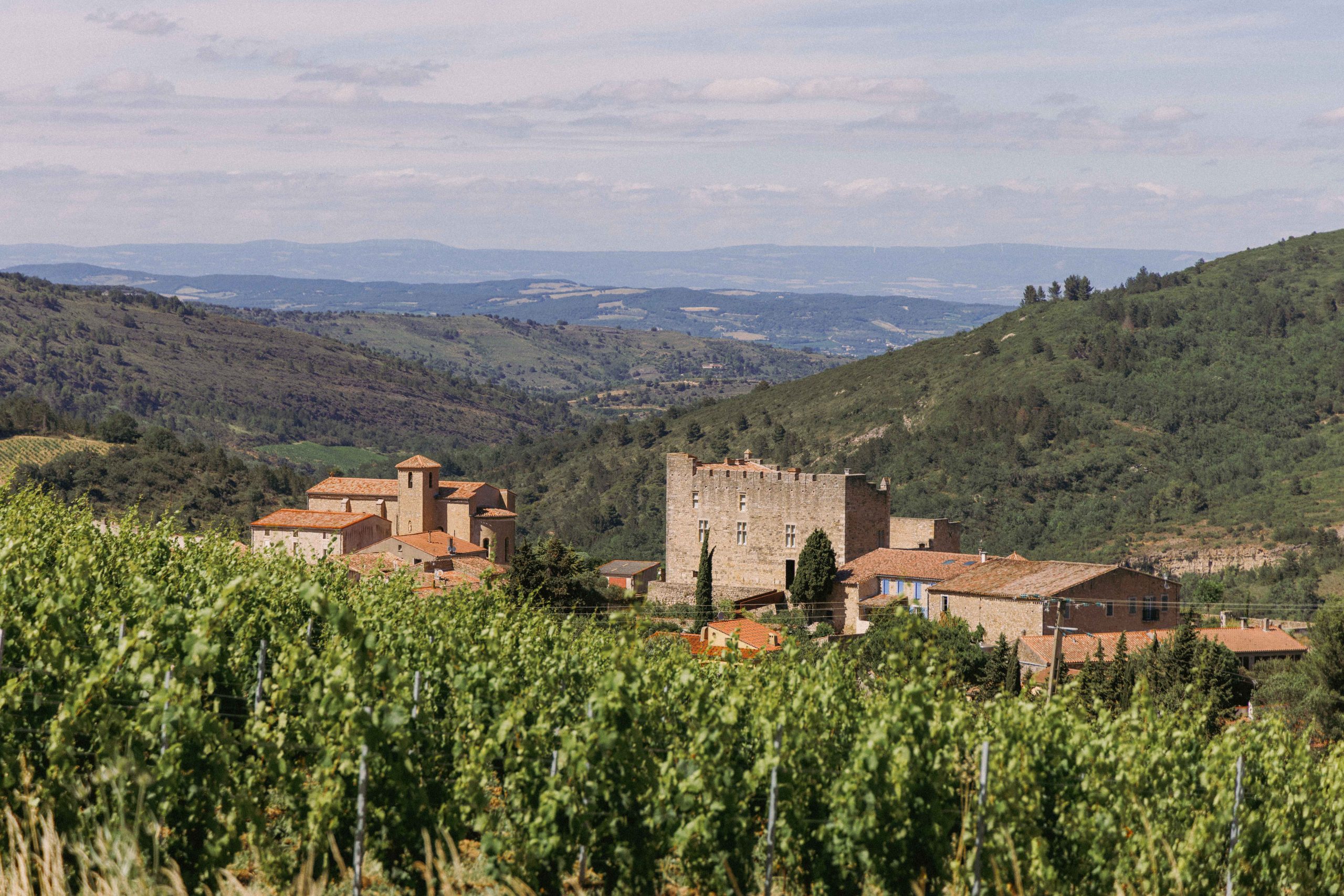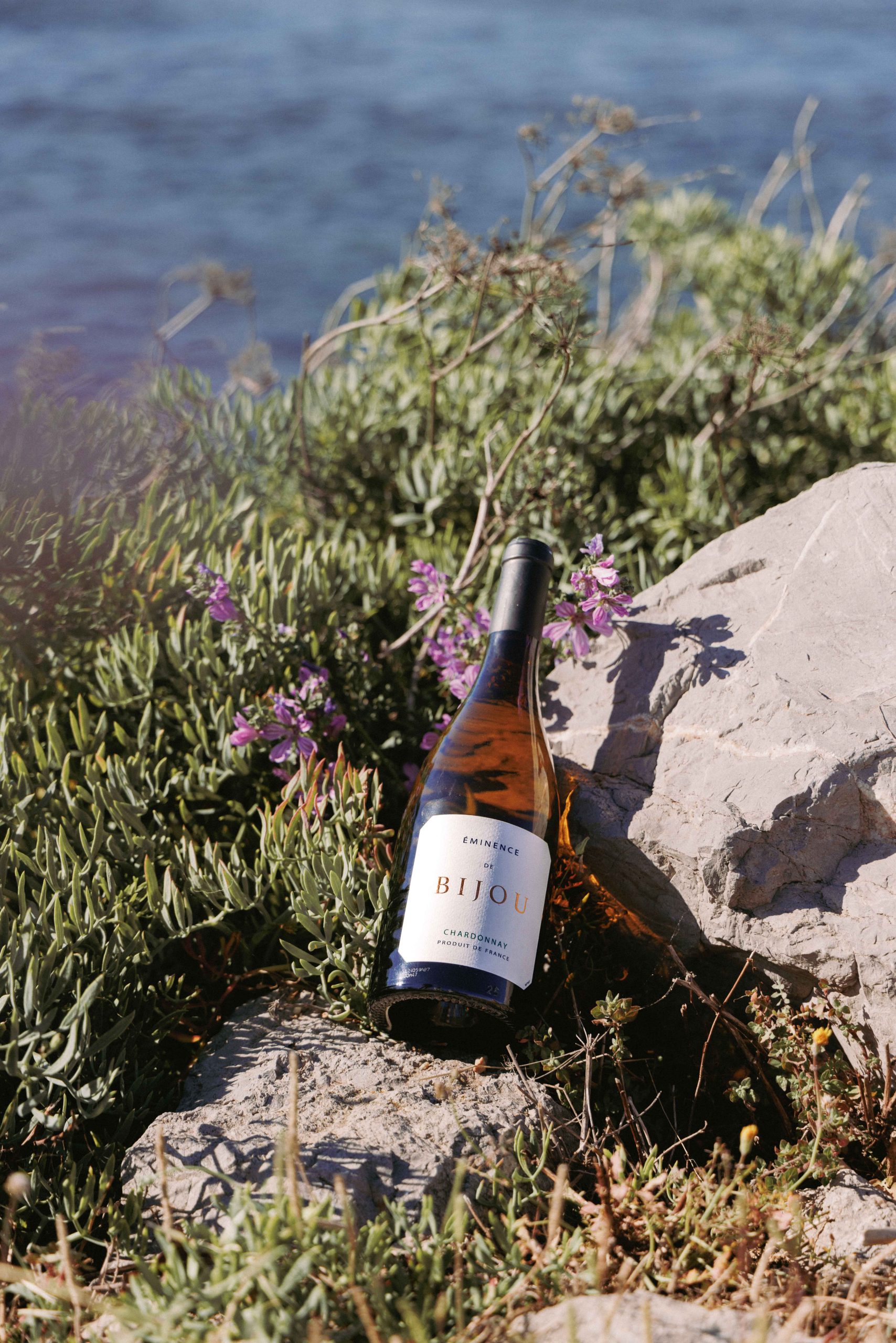Languedoc: the brilliant jewel of the south of France
By Michael HubandThere is more to southern French terroirs than Provence, with Bijou embracing Languedoc for its broad viticultural potential.

As an almost contiguous landscape of vineyards, stretching from Perpignan to Saint Tropez, the south of France is an impressive patchwork of regions. Each has its own distinctive landscape, climate, and potential for winemaking.
Over the past three decades, the area has undergone a transformation. It has evolved beyond its historical reputation for bulk wine production to earn a reputation for quality and value. It has a wealth of native grapes, as well as newly discovered pockets of old vines that can produce extremely low yields.
Those natural resources have been matched by investment, with many producers adopting modern winemaking techniques, machinery, and sustainable farming. A new generation of producers are also introducing knowledge and inspiration from abroad.
However, in the face of global warming, familiar terroirs are changing. Growers in Languedoc are increasingly challenged by episodes of extreme temperatures during the growing season, as well as prolonged drought which makes producing balanced wines ever more difficult. Adaptation is therefore essential. One such adaptation, advocated by award-winning producer Bijou, is to turn to lesser-known terroirs to keep wines fresh.
At a time when global consumption is on the decline – dropping 2.6% in the International Organisation of Vine and Wine’s most recent annual report – the Languedoc is experiencing a genuine revival. Its wines are gaining regular international attention and it is reaffirming its commitment in mature markets. In August, for instance, the Conseil Interprofessionnel des Vins du Languedoc reported 21% annual growth in the UK for wines from the Languedoc-Roussillon basin.
Known for its classic southern varieties that enjoy lots of sunshine such as Grenache, Syrah, and Carignan, Languedoc’s vast and varied landscape also offers potential to produce later ripening varieties. Bijou has honed in on two sub-regions in recent years, each offering distinct characteristics. From the brisk heights of the Haute Vallée de l’Aude to the maritime-influenced vineyards of the Coteaux de Béziers, Bijou proudly promotes lesser known regions on its labels.
The Elegance of the Haute Vallée de l’Aude
In the Haute Vallée de l’Aude, at altitudes between 400 and 450 metres above sea level, the cool climate and limestone-rich soils provide ideal conditions for late-ripening varieties. Sparkling wine lovers may be familiar with the region’s cool conditions thanks to its neighbouring appellation. Crémant de Limoux and Blanquette de Limoux likewise make use of altitude for refreshing wines.
For Bijou, the twin focuses are late-ripening Chardonnay and Pinot Noir. The slower ripening, thanks to the wide diurnal range in the area, results in fresh, nuanced expressions of the grapes. It is especially beneficial for Pinot Noir, helping to avoid the jammy aromas that warmer subregions might risk.

The mountains also benefit these vines in their soil composition. The mixture of stone and clay formed by the peaks’ erosion drains freely and promotes deep, healthy root systems. In terms of mineral content, the soils are dominated by limestone, which also partners with the two varieties in prestigious regions such as Burgundy.
Le Bijou de Sophie Valrose demonstrates Bijou’s preference for a delicate and refined Pinot Noir. It shows flavours of tart cherry, cranberry and a vegetal quality which Bijou describes as “a key facet of Pinot Noir”.
With global warming, this organoleptic quality is rarer to find. Hence, when Bijou came across these cooler sites in the foothills of the Pyrenees, the winemaking team was immediately excited by its potential.
Having released their first vintage in 2024, both Le Bijou de Sophie Valrose and Eminence de Bijou, made a great impression at the Global Pinot Noir Masters, picking up Gold medals – a credit to the terroirs of the Haute Vallée de a’Aude.
Coastal Character from Coteaux de Béziers
High altitude sites are certainly not the story in Bijou’s other Languedoc sub-region. The vineyards of the Coteaux de Béziers IGP are seldom higher than 10m above sea level, simply because they sit around 10 kilometres from the Mediterranean, adjacent to the Bassin de Thau. It is therefore that coastal terroir that lends freshness to its wines sourced from the region. The strong breezes bring cooler streams of air from the sea, dissipating pockets of heat that can build up beneath leaf canopies. The vines can therefore enjoy plenty of Mediterranean sunshine without ripening too quickly.
The direct exposure to the Mediterranean further impacts the wines through the salt carried in the wind. With the leaves and soils persistently exposed to this maritime influence, the vines can absorb minerals from the sea. It operates almost like a sprayed fertiliser, consistently depositing small traces of key minerals.
Analysis by coastal winemakers often indicates those minerals are transferred to the grapes and consequently the wine. These winemakers note that their maritime wines have heightened salt content compared to inland cuvées. It is unsurprising, therefore, that Bijou highlights a hint of salinity as one of the hallmarks of Coteaux de Béziers terroirs.
Producing predominantly fresh and aromatic whites and rosés in this part of Languedoc, Bijou explains that declaring their wines as an IGP offers more flexibility than appellations in the face of climate change.
Caladoc is a prime example. The crossing between Grenache and Malbec is more resistant to drought and parasites; it naturally produces lower potential alcohol levels; and its organoleptic qualities are numerous, providing lots of citrus and exotic fruits as well as good acidity to a blend. Bijou has proudly been increasing the percentage of this sustainable variety in their blends for the past 5 years. It might, the team posits, correlate with Bijou’s numerous awards over the same period.
A Bright Future for Languedoc-Roussillon Wines
Emily West, Bijou’s Brand & Marketing Manager, emphasises the importance of preserving the integrity of their terroir for tomorrow: “We believe that great wines start in the vineyard. By farming sustainably and carefully selecting our vineyard sites, we are able to create wines that express the diversity and beauty of the Languedoc-Roussillon region.”
Bijou is proud to produce wines that respect the complexity and heritage of Languedoc-Roussillon and reflect a modern identity to the region. From the high-altitude elegance of the Haute Vallée de l’Aude to the coastal vibrancy of the Coteaux de Béziers, their wines are a celebration of this diverse region.
Related news
What brought Bijou to the south of France?
Bijou offers a taste of the south of France
Bijou harnesses Asian market 'transformation' to drive strategic expansion

My family from USA, UK,AUSTRALIA AND BERMUDA got together in the Languedoc for my 70th birthday.
We were delighted with our small hotel and loved the wine, food and the ambiance of the Languedoc.
Hope to make another.
Lived in the Languedoc for 1q yrs in Marseillian on the Etang de Thau. Great weather, great food, great wine and rhe best people ever.